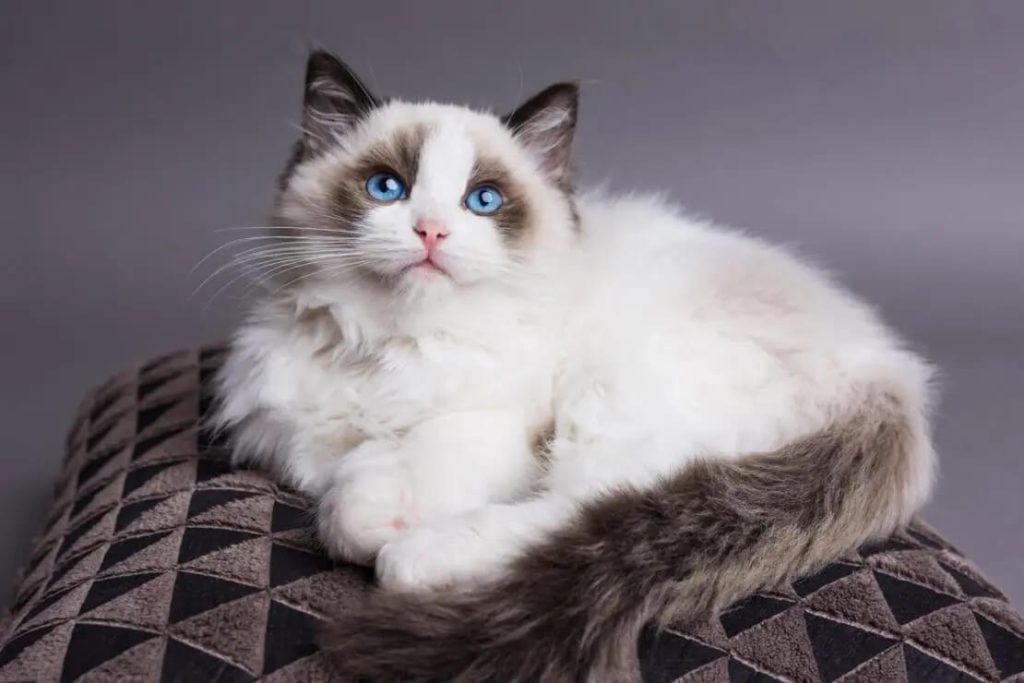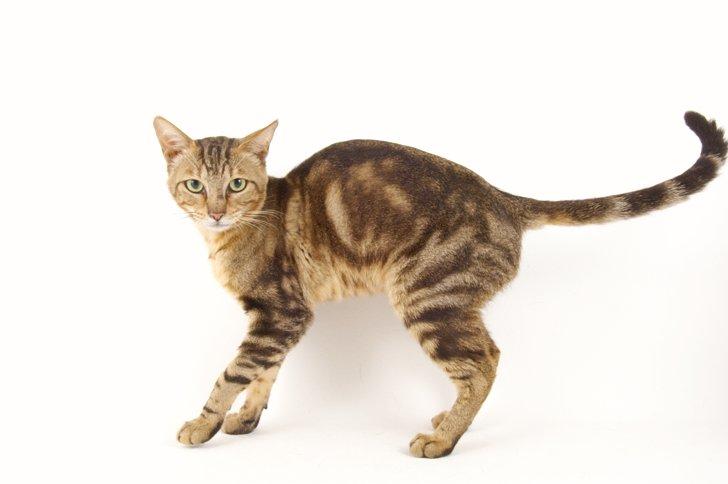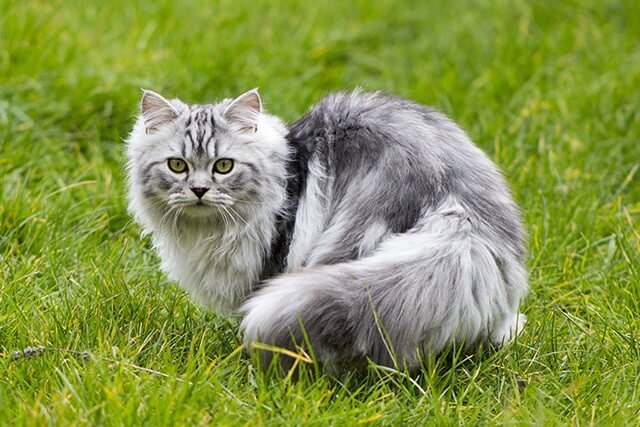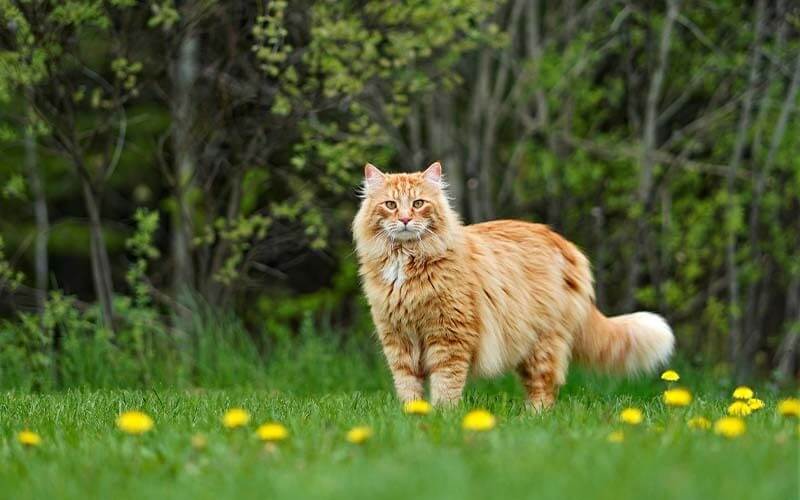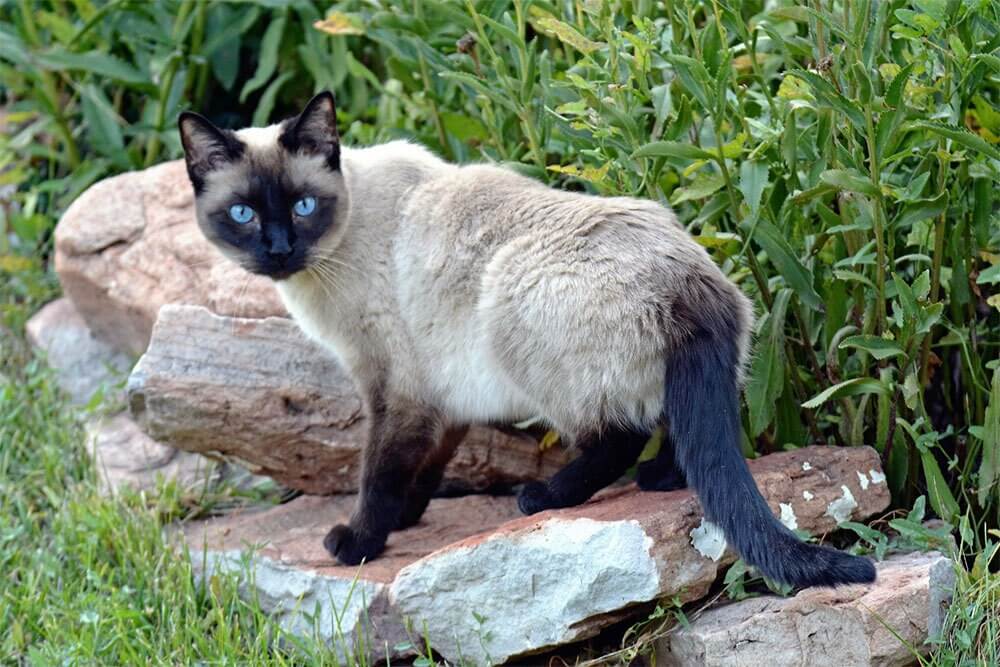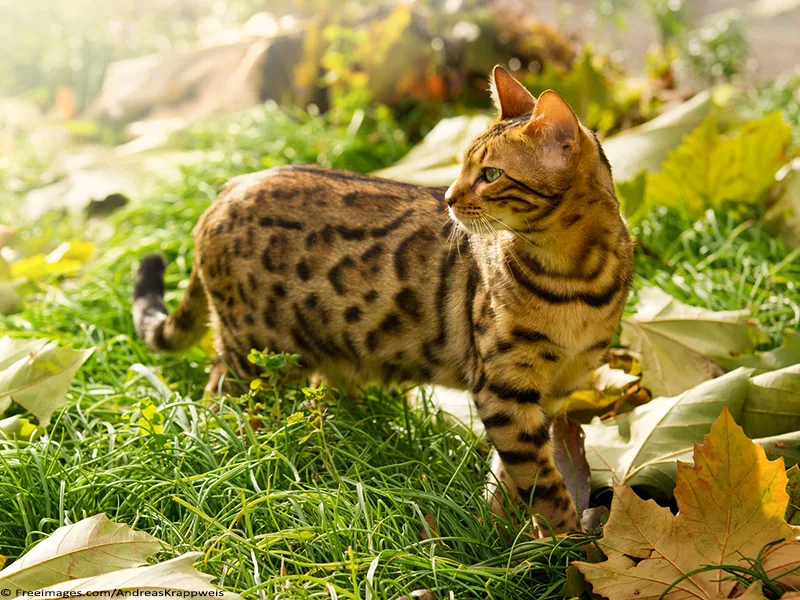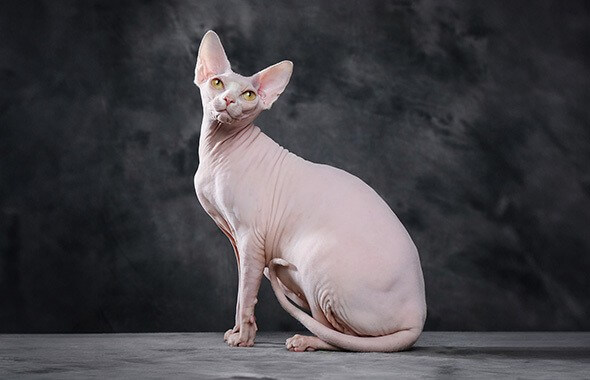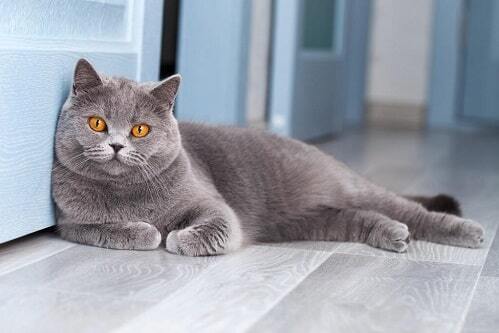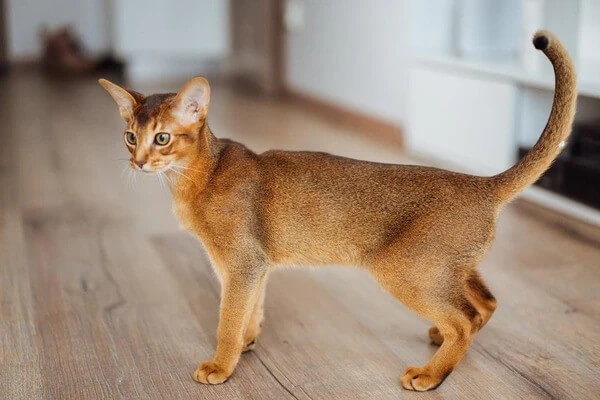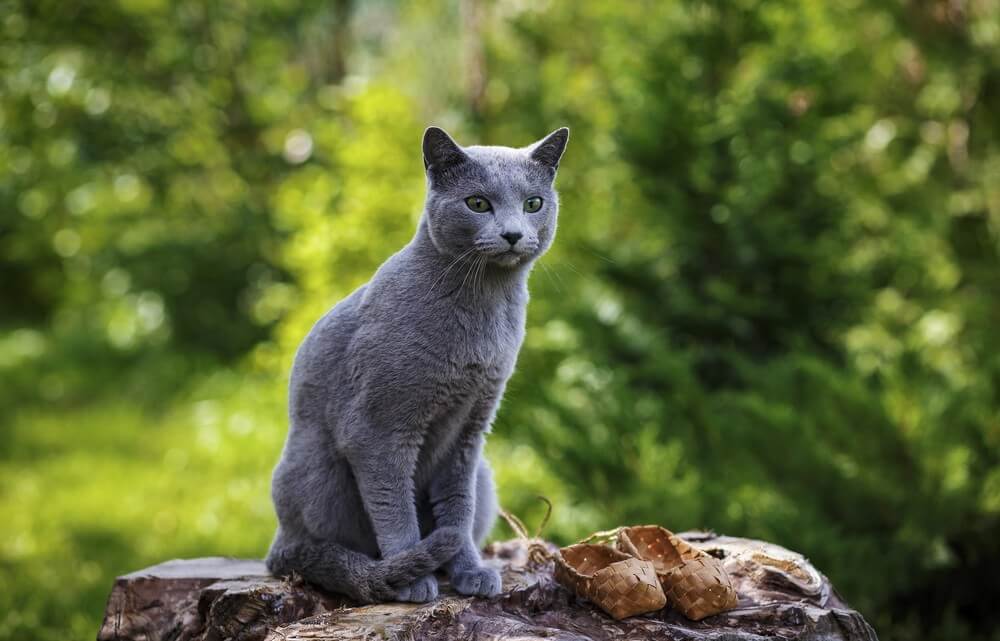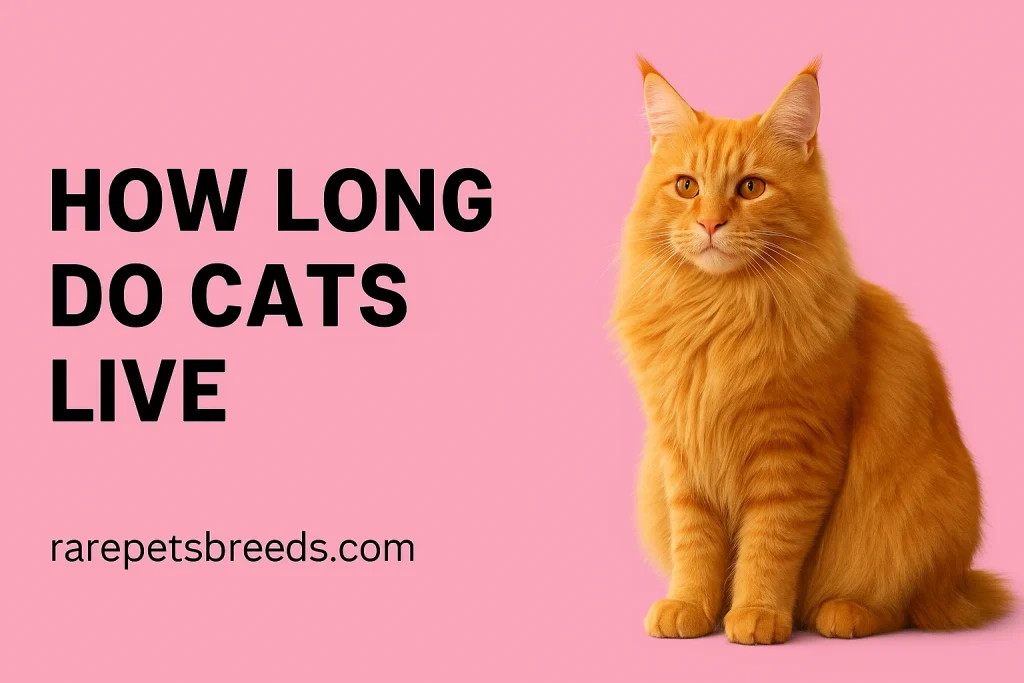The Ragdoll Cat is known for its calm demeanor, striking blue eyes, and soft, semi-long coat. This gentle and affectionate breed thrives on human companionship and makes a loving addition to a wide variety of households, from families with children to individuals seeking a relaxed feline friend.
History and Background
The Ragdoll originated in the 1960s in California, developed by breeder Ann Baker. Its name comes from its tendency to go limp when picked up, like a ragdoll. Selective breeding focused on temperament and appearance has created one of the most beloved companion cat breeds in the world.
Physical Characteristics
Ragdolls are large, muscular cats with soft, silky coats. Their expressive blue eyes and pointed coloring—typically in seal, blue, chocolate, lilac, and cream—give them an elegant appearance. Patterns include colorpoint, mitted, and bicolor. Despite their size, they move with grace and ease.
Personality and Behavior
Ragdoll Cats are gentle, affectionate, and people-oriented. They are known to follow their humans from room to room and enjoy being held, petted, and snuggled. This breed typically adjusts well to children and other pets, making them a great fit for various home environments.
Activity Level and Training
Though they are not as active as some breeds, Ragdolls appreciate interactive play and attention. They enjoy wand toys, feather teasers, and gentle games. Their calm nature also makes them trainable—many can learn basic commands or enjoy puzzle toys for mental stimulation.
Health and Nutrition
Providing a balanced, high-quality diet is essential to maintain a healthy weight, especially since Ragdolls tend to be laid-back. They are generally healthy but may be prone to conditions like hypertrophic cardiomyopathy (HCM). Routine vet visits help ensure early detection and ongoing wellness.
Grooming Requirements
The Ragdoll’s coat is semi-long but low-matting, so weekly brushing is usually sufficient. Their grooming routine should also include nail trimming, dental hygiene, and regular ear checks. They are considered relatively low-maintenance for a long-haired breed.
Ideal Living Situation
Ragdolls are highly adaptable and can thrive in both apartments and larger homes as long as they have companionship and comfort. They enjoy cozy spots near their favorite humans and often prefer indoor living, which helps protect their safety and coat from outdoor hazards.
Fun Facts About Ragdolls
- Ragdolls are often called “puppy cats” because they follow people around the house.
- They usually go limp when picked up—one of their signature traits.
- They are among the largest domestic cat breeds.
- Ragdolls are slow to mature, often reaching full size and coat at 3 to 4 years old.
Frequently Asked Questions
Q1: Are Ragdoll cats good for first-time pet parents?
A: Yes, their calm and affectionate temperament makes them a great choice for many households.
Q2: Do Ragdolls get along with dogs?
A: With gradual introductions, they can get along well with friendly dogs.
Q3: Can Ragdoll cats be left alone for long periods?
A: While they enjoy company, they can tolerate short periods alone if they have entertainment and feel secure.
Q4: Do Ragdolls shed a lot?
A: They shed moderately, mostly during seasonal changes. Regular brushing helps manage it.
Q5: How long do Ragdoll cats live?
A: On average, 12–15 years with proper care.
Conclusion
The Ragdoll Cat is the perfect combination of beauty, charm, and affection. Whether you’re looking for a calm companion, a family-friendly pet, or a cuddly lap cat, the Ragdoll fits the role beautifully. With the right care and a loving home, this breed will be a devoted part of your life for many years.
Ragdoll Cat for Sale
The Ragdoll Cat is a gentle, affectionate breed known for its striking blue eyes, silky fur, and relaxed personality. These cats are perfect companions for families and adapt well to indoor living. If you’re looking to adopt or buy a Ragdoll Cat, explore the listings from various countries below.
- Ragdoll Cat for Sale in Australia
- Ragdoll Cat for Sale in Canada
- Ragdoll Cat for Sale in Pakistan
- Ragdoll Cat for Sale in India
- Ragdoll Cat for Sale in Indonesia
- Ragdoll Cat for Sale in United Arab Emirates
- Ragdoll Cat for Sale in Philippines
- Ragdoll Cat for Sale in Nigeria
- Ragdoll Cat for Sale in Malaysia
- Ragdoll Cat for Sale in United States
- Ragdoll Cat for Sale in United Kingdom
